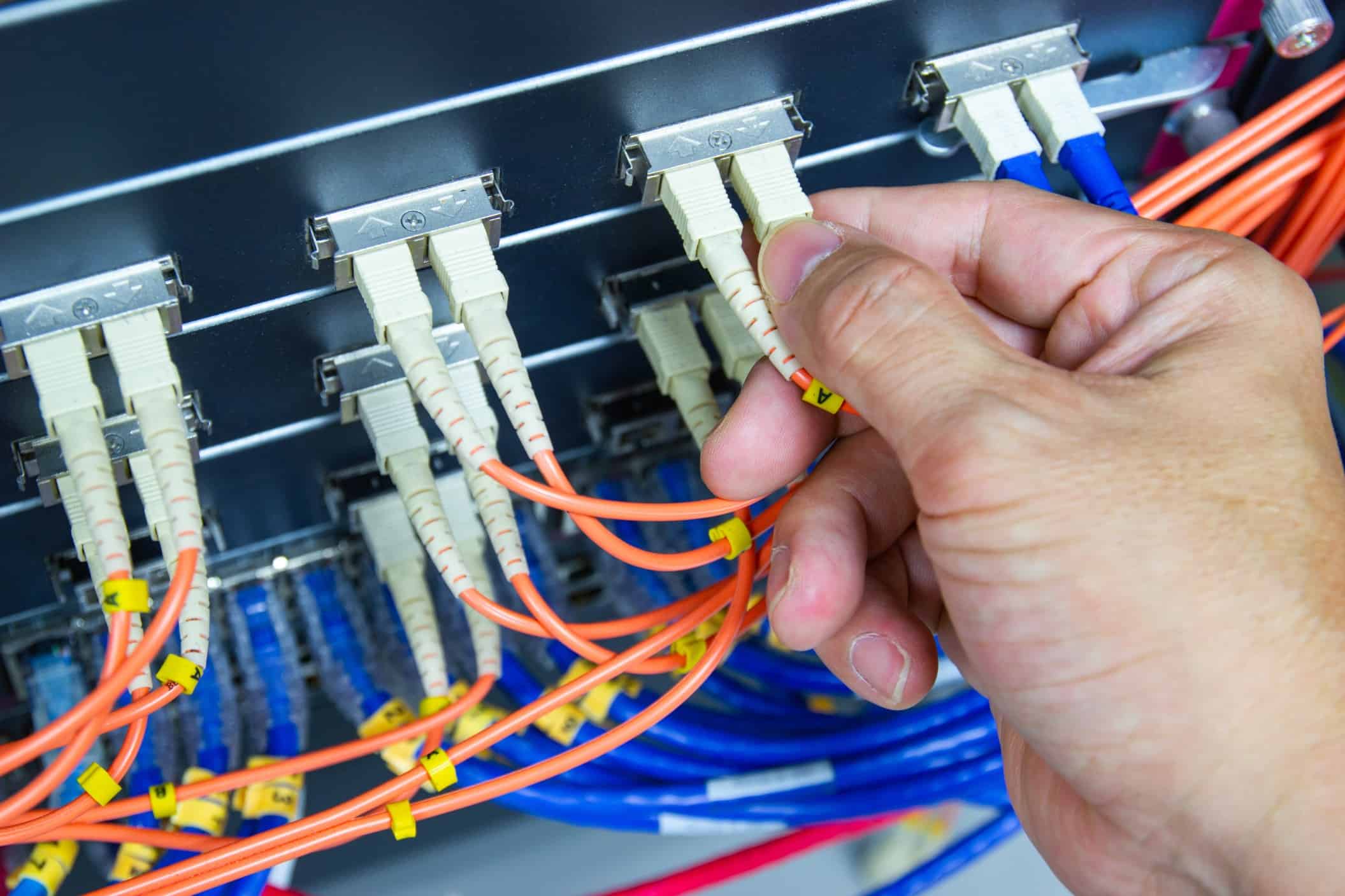Fiber optic technology is rapidly expanding, and undoubtedly, it will continue to revolutionize many industries.
From telecommunications to medicine, fiber optic cables are opening up new possibilities and improving existing systems.
However, to fully understand this technology, you must know how it works and the different types of fiber optic cables.
In this quick start guide, we’ll break down everything you need about fiber optics.
What is fiber optic technology?
Fiber optic technology transmits data through tiny glass or plastic strands molded into fibers. These incredibly thin and flexible fibers allow them to be used in various ways.
Unlike traditional copper wires, fiber optics transfer data using light waves instead of electrical signals, resulting in much faster and more reliable data transfer.
Types of fiber optic cables
There are two primary types of fiber optic cables: single-mode and multi-mode.
Single-mode fiber optic cables
These are ideal for long-distance transmissions, as the single path allows data to travel further with less attenuation than a multi-mode cable. For example, these cables can be used for distances up to 10 km.
Additionally, the signal will remain highly concentrated and less susceptible to interference because only one light mode is transmitted down the cable at any given time.
Multi-mode fiber optic cables
Conversely, these cables are designed for shorter distances (usually up to 2 km). In addition, these cables support multiple paths for light signals, allowing them to carry more data than a single-mode cable over a shorter distance.
This makes them ideal for applications in which a high data transmission rate is needed, but the distance is limited.
Additionally, because multiple modes of light are transmitted through the cable, these cables also require a wider core size than single-mode cables.
Within these two types are also specific fiber types, such as ultra-low-loss and bend-insensitive.
Advantages of fiber optic technology
Fiber optic technology has several advantages over traditional copper wires.
- Not only is it faster and more reliable, but it is also more secure since it is much harder to tap into.
- Additionally, fiber optic cables can transmit over longer distances without signal boosters, making them a better long-distance communication choice.
- Finally, fiber optic technology is much more durable and resistant to damage, making it a more cost-effective choice over time.
Uses of fiber optics
Fiber optic technology has a wide range of uses in various industries.
- In telecommunications, it is used to connect homes and businesses to the internet and transmit phone signals.
- The medical industry uses fiber optic cables for endoscopies and other procedures.
- It is also used in military technology, such as submarines, to transmit data without detection.
- Additionally, fiber optic cables are used in sensing technology to measure temperature and pressure.
Final Thoughts
Fiber optic technology is an exciting innovation that has the potential to revolutionize many different industries. Understanding the basics of how it works and the different types of fiber optic cables can help you make informed decisions about utilizing this technology best.
With its speed, reliability, and durability, it’s no surprise that fiber optics are preferred over traditional copper wires. As this technology continues to develop, we can only expect even more exciting advancements and applications in the future.


